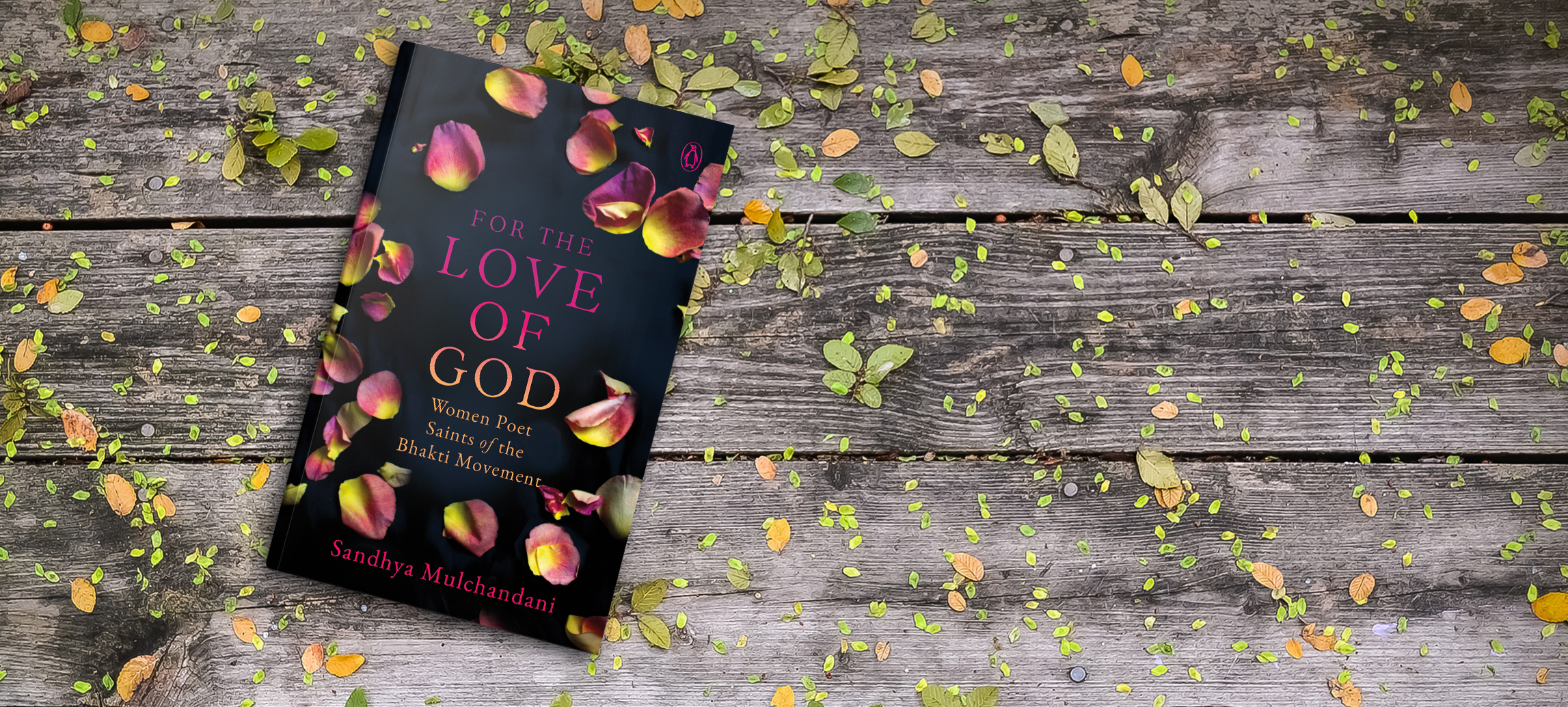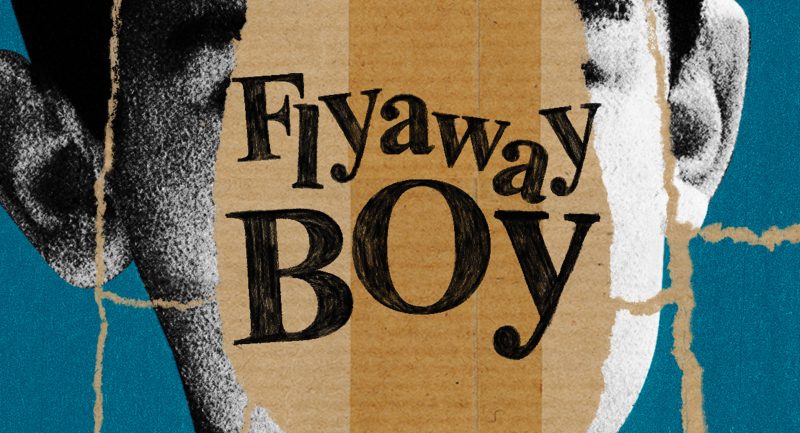
Bhakti took birth in Dravidian lands,
Ripened in Karnataka,
Came to womanhood in Maharashtra,
And grew crone-like in Gujarat,
Reaching Vrindavan, she re-emerged
A nubile young woman
Between the third centuries BC and AD were written thousands of verses in Tamil that have collectively come to be known as Sangam literature. The expressions of love between a man and a woman in these love poems gave way to passionate expressions of devotional love, where the heroine became the devotee and the hero became God.
The individual outpourings and the unfettered voices of these women refused to be drowned in the din of patriarchy, gathering momentum until this became a pan India movement.
In For the Love of God, Sandhya Mulchandani delves deep into historical accounts of these women who defied societal norms, and the strictures of both literature and religion, and fell in love with God.
Here are some voices from the book that are a force to be reckoned with!
Andal
The poetess was found as a baby near a Tulsi bush, and eventually ‘married’ Lord Ranaganatha. Her works are included in the ‘Nalayira Divya Prabandham’—a collection of 4000 Tamil verses. Andal is the only woman who is acknowledged to be an Alwar.
“Soon enough, Andal blossomed into a beautiful young woman but one who refused to marry anyone else but Lord Ranganatha, the reclining form of Lord Vishnu, who resided at the great temple town of Srirangam. Legend has it that again, one night, Lord Ranganatha appeared to Vishnuchitta and asked for Andal be sent to Him in all her wedding finery. Simultaneously, the Lord also appeared before the priests at Srirangam and asked them to prepare for the coming of Andal… It is said that Andal merged with her Lord in a blaze of light.”
∼
Ammaiyar
The ghoul of Karaikal, she was one of only three women in the Saiva saints known as Nayanars. Born a beautiful woman, she came to identify herself as a peey (a ghoul) or Shiva’s gana, the impish, grotesque creatures who were part of His entourage. She was the first saint to have written verses to Shiva in Tamil.
“Paramadathan truthfully explained to those assembled that his wife was no ordinary woman, that she was a goddess, and he could only look to her as Ammaiyar (his mother). Understanding her husband’s dilemma, Punithavathi prayed to the Lord. Her prayer was thus immediately granted, and she was transformed into a withered skeleton-like crone. Shorn of her beauty and youth, she was set free from the trappings and expectations of society.”
∼
Mahadevi
The naked mystic, Mahadevi was one of the most famous composers of vachanas. She was married to King Kaushika who was smitten by her beauty, but reserved her passion for Shiva. She eventually renounced royal life and joined the Vira Saivas.
“One day, frustrated with his unconsummated marriage, his uncommunicative wife and her stubborn rejection of him, the king goaded her, saying that while she kept rejecting him, everything she wore, ate and lived in belonged to him and not to Shiva. It is said that she immediately discarded everything, including her clothes, shocking the court and all the people around her.”
∼
Muktabai
She along with her three male siblings—Nivruttinath, Gynandev and Sopandev—was responsible for laying the foundation of one of the best-known Bhakti cults in Maharashtra which strived for liberation from oppressive scriptural orthodoxy.
“When they saw the five-year-old Mukta, they shooed her away, believing that the little girl would be frightened seeing a dead body. Mukta however wanted to know why they were waiting outside and was told that they were waiting for Changdev to bring the dead body back to life. On hearing this, the little girl said that she too could wake it up. Running towards the dead body, she whispered ‘Vitthala Vitthala’ in its ears, and then she simply turned and walked away. The dead body immediately sat up and started chanting ‘Vitthala Vitthala’.”
∼
Atukuri Molla
The daughter of a potter, she was one of the first Telugu poetesses, and the creator of the first Telugu Ramayana, which brought her great renown in the court of Krishnadeva Raya.
“Molla’s Ramayana is of special significance because she audaciously chose to rework this timeless story in colloquial Telugu stating that if the reader could not easily understand the work, it would be like a dialogue between deaf-mute people. Written in both padyam (verse) and gadya (prose), she does not blindly follow Valmiki’s magnum opus. Taking liberties with the original, she adds fictional accounts while condensing portions that were too descriptive but goes on to write her own descriptions that are tongue-in-cheek when read in Telugu.”
∼
Kanhopatra
Born into a family of courtesans, Kanhopatra was a prostitute who despite her famed beauty and charm longed for a life of piety. Persecuted by her father Sadashiva and a local potentate, she was finally granted the sanctuary of death at the feet of Lord Vitobha in Pandharpur.
“Meanwhile, Sadashiva, who had not given up his pursuit of Kanhopatra, sought the help of the Bahamani badshah of Bidar. Hearing numerous tales of her beauty, the badshah ordered for her to be brought to him. When she refused him too, the badshah sent his troops to bring her by force; he laid siege to the temple and threatened to destroy it if Kanhopatra was not handed over to him. Kanhopatra requested a last meeting with Vithoba before being taken. Although the circumstances are unclear, by all accounts, Kanhopatra died at the feet of the Vithoba image.”
Read about more such powerful female saints in For The Love of God









